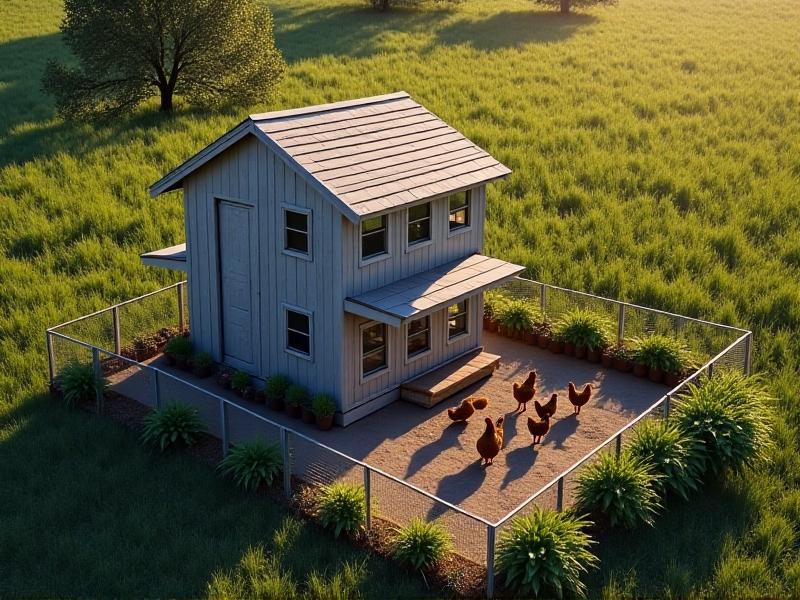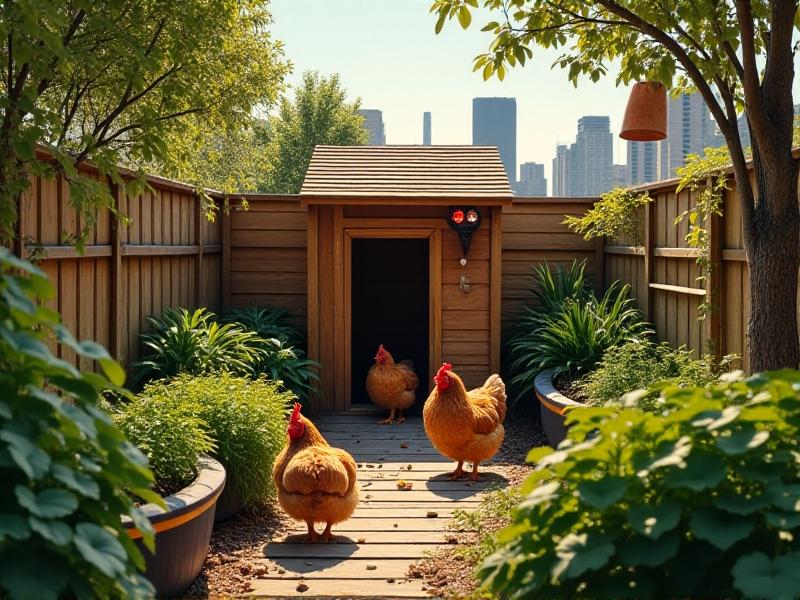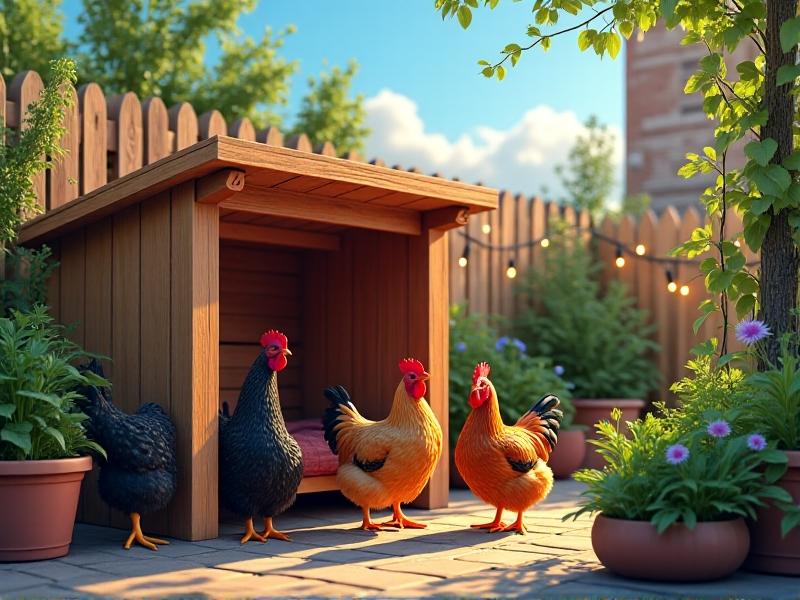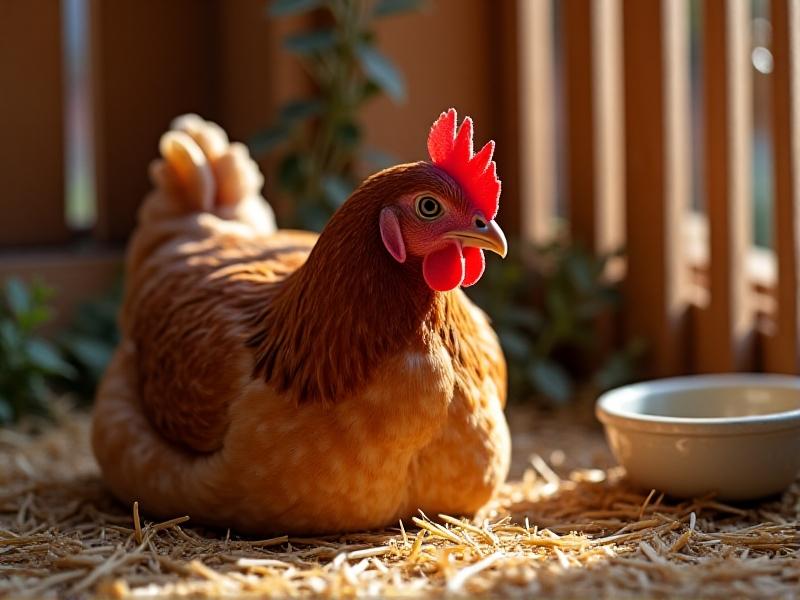The Urban Coop Checklist: Essential Features for City Chickens
Choosing the Right Location: Zoning Laws and Space Considerations
Urban chicken-keeping starts with understanding local regulations. Many cities have specific zoning laws that dictate coop placement, flock size, and even breed restrictions. Research municipal codes or consult neighborhood associations to avoid fines. Even if your area permits chickens, consider proximity to neighbors: a coop too close to property lines could lead to noise or odor complaints. Opt for shaded areas to protect birds from harsh sun, and ensure the ground is level for drainage.

Coop Size and Design: Balancing Space and Functionality
A well-designed coop prioritizes both comfort and practicality. Allow at least 3–4 square feet per bird indoors and 8–10 square feet in the run. Vertical space matters, too: install roosting bars at varying heights to encourage natural perching behavior. Modular designs, like foldable roofs or sliding trays, simplify cleaning. For aesthetics, match the coop’s style to your outdoor space—think sleek cedar panels for modern gardens or repainted vintage sheds for a rustic vibe.

Predator-Proofing: Keeping Urban Threats at Bay
City coops face unique predators: raccoons, rats, and even off-leash dogs. Bury hardware cloth at least 12 inches deep around the run to deter digging. Use locks instead of simple latches—raccoons can manipulate hooks. Motion-activated lights or ultrasonic repellents add extra security. For aerial threats like hawks, attach bird netting over the run. Regularly inspect for gaps in fencing, especially near entry points like doors or vents.

Ventilation and Insulation: Climate Control for Year-Round Comfort
Proper airflow prevents respiratory issues but avoid drafts. Install vents near the roof to let warm, moist air escape while keeping rain out. In winter, insulate walls with foam board or recycled denim, but ensure chickens can’t peck at materials. Avoid heat lamps—they’re fire hazards. Instead, use a radiant heater or deep bedding method for warmth. Summer requires shade cloths or misters; frozen water bottles in the run help birds cool down.

Nesting Boxes and Roosting Bars: Creating a Restful Environment
Hens prefer dark, quiet nesting boxes lined with straw or pine shavings. Provide one box per 3–4 birds, elevated slightly above the coop floor. Roosting bars should be 2–4 inches wide and positioned higher than nests to satisfy pecking-order dynamics. Avoid metal bars in cold climates—wood retains warmth. Clean boxes weekly to prevent mites, and add curtains for privacy, which can reduce egg-eating behavior.
Waste Management: Odor Control and Composting Solutions
Chicken waste can enrich gardens but requires smart handling. Line the coop floor with absorbent bedding like hemp or pine pellets, which break down odors. Compost manure with carbon-rich materials (leaves, cardboard) to create fertilizer—turn the pile weekly to speed decomposition. In tight spaces, consider a bokashi bin for anaerobic fermentation. Regularly hose down the run to dilute urine and deter flies.
Feeding and Watering Systems: Efficient Setups for Small Spaces
Hanging feeders save floor space and reduce spillage. Choose treadle feeders to keep pests out, or DIY a PVC tube dispenser. For water, nipple systems prevent contamination but require winter heating. Place containers away from roosts to avoid droppings. Grow fodder (like wheatgrass) in vertical planters to supplement diets. Store feed in airtight bins to deter rodents—metal trash cans work better than plastic.
Community Considerations: Noise, Aesthetics, and Shared Spaces
Roosters are often banned in cities due to noise, so stick to hens. Buff Orpingtons and Silkies are quieter breeds. Screen the coop with trellises or shrubs to blend into the landscape. Offer neighbors fresh eggs to build goodwill. If managing flies becomes an issue, introduce predatory nematodes to the soil. Join local urban farming groups to share tips and advocate for chicken-friendly policies.








